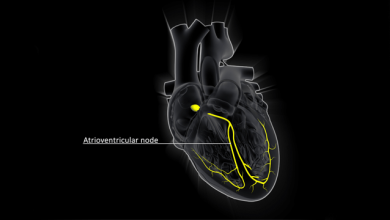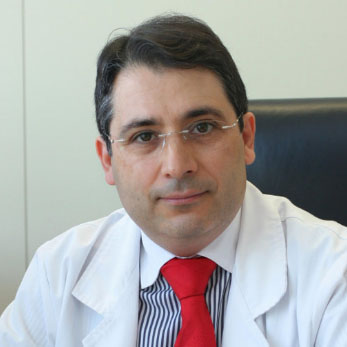Search results
Long QT Syndrome Modelling
Author(s):
Luca Sala
,
Massimiliano Gnecchi
,
Peter J Schwartz
Added:
3 years ago
Article
Author(s):
Robert H Anderson
,
Jill PJM Hikspoors
,
Justin T Tretter
,
et al
Added:
2 years ago
Adelino Leite-Moreira
Job title: Full Professor of Physiology, Pathophysiology & Cardiothoracic Surgery
Author
Author(s):
Cristina E Molina
,
Jordi Heijman
,
Dobromir Dobrev
Added:
3 years ago
Optimal cardiac function depends on appropriate rate and force of contraction, with specific cardiac regions having developed particular beat-to-beat properties depending on their individual functions. For example, isovolumetric contraction time is shorter in the right ventricle (RV) than in the left ventricle (LV). At the cellular level, cardiac function is regulated by regional cardiomyocyte…
View more
Author(s):
Saagar Mahida
,
Frédéric Sacher
,
Nicolas Derval
,
et al
Added:
3 years ago
Atrial fibrillation (AF) is the most commonly encountered arrhythmia in clinical practice. The discovery that pulmonary veins (PV) play a prominent role in the pathogenesis of AF has revolutionised the management of AF. PV isolation has become the most widely used technique for treatment of paroxysmal AF. Since the initial discovery implicating PVs in AF pathogenesis, the mechanistic link between…
View more
Added:
6 years ago
Author(s):
Ahmed M Al-Kaisey
,
William Figgett
,
Joshua Hawson
,
et al
Added:
1 year ago
Author(s):
Jean-Baptiste Gourraud
,
Jason G Andrade
,
Laurent Macle
,
et al
Added:
3 years ago
Atrial fibrillation (AF) is the most common sustained cardiac arrhythmia observed in clinical practice, occurring in approximately 2 % of the general population.1–3 A progressive increase in both the prevalence and incidence of AF has been demonstrated in recent years, defining AF as a major economic and public health issue.1
The identification of sites of AF initiation and/or maintenance within…
View more
Author(s):
Moinuddin Choudhury
,
Mark R Boyett
,
Gwilym M Morris
Added:
3 years ago
The sinoatrial or sinus node (SAN) is the heart’s natural pacemaker. Located in the superior right atrium, it automatically produces cyclical electrical activity to initiate each heartbeat in normal sinus rhythm. SAN dysfunction (SND) in humans, also known as ‘sick sinus syndrome’, can manifest as pathological bradycardia and asystolic pauses. As a result, SND can lead to symptoms of reduced…
View more
Author(s):
Zhao Liu
,
J Kevin Donahue
Added:
3 years ago
In the United States, atrial fibrillation (AF) is the most common sustained cardiac arrhythmia affecting approximately six million patients and contributing to a greatly increased risk of stroke, heart failure (HF) and overall morbidity and mortality.1,2 The prevalence of AF is increasing as the average age of the population increases.3,4
Currently available therapies for AF are suboptimal…
View more













